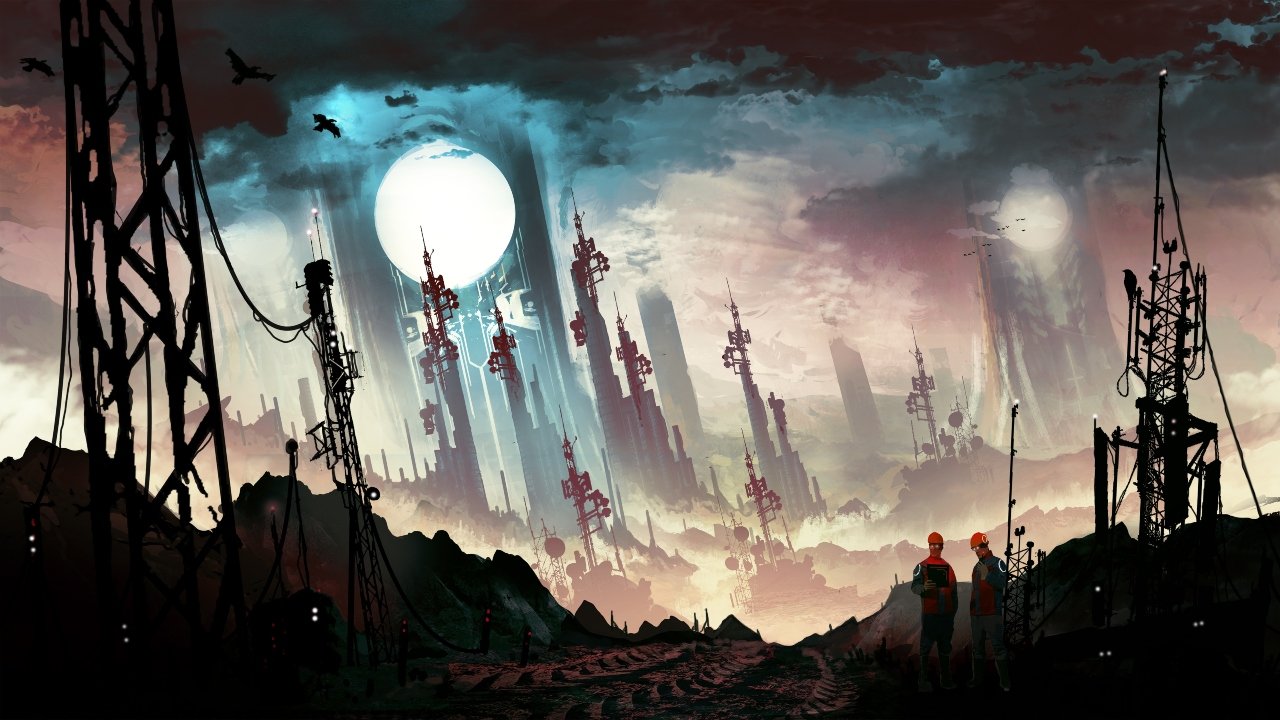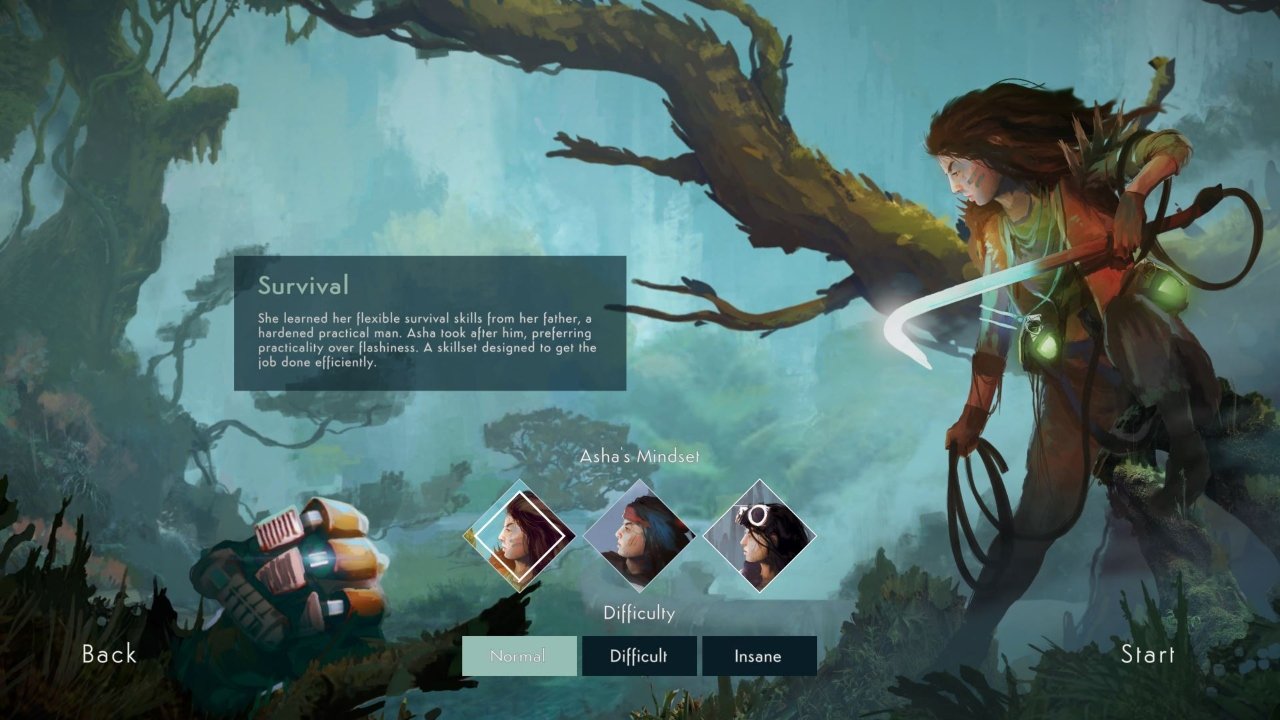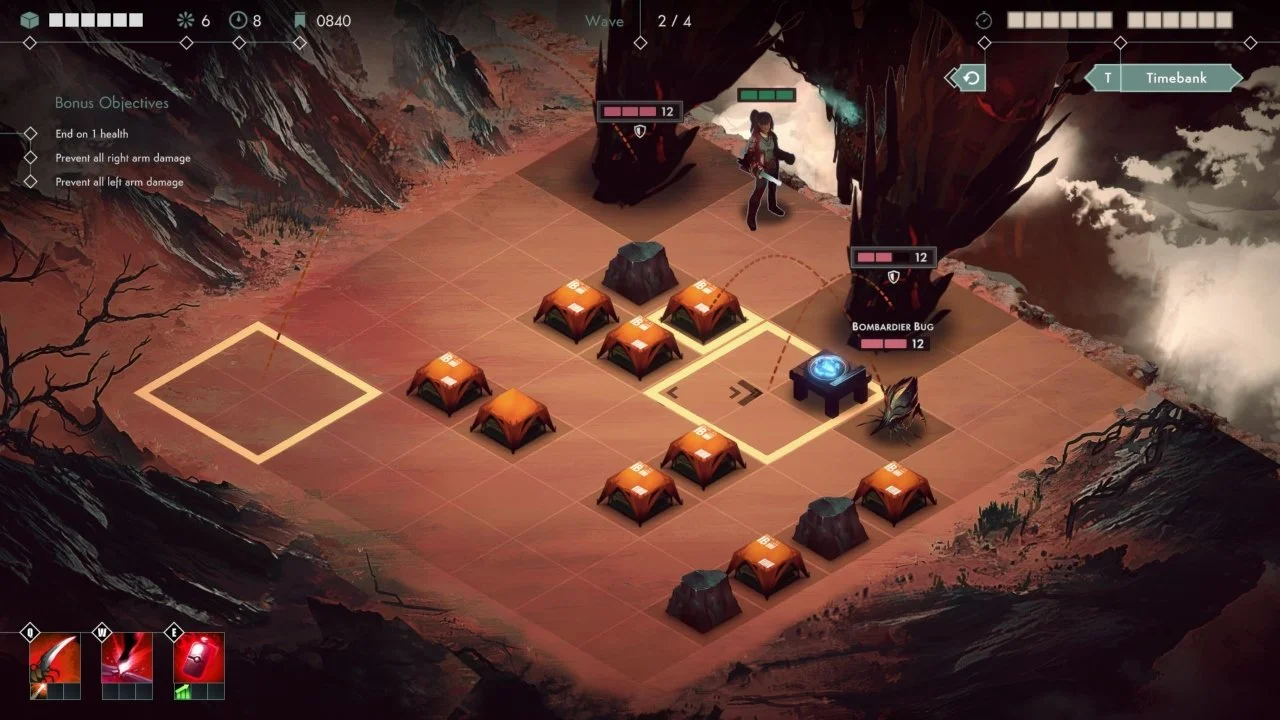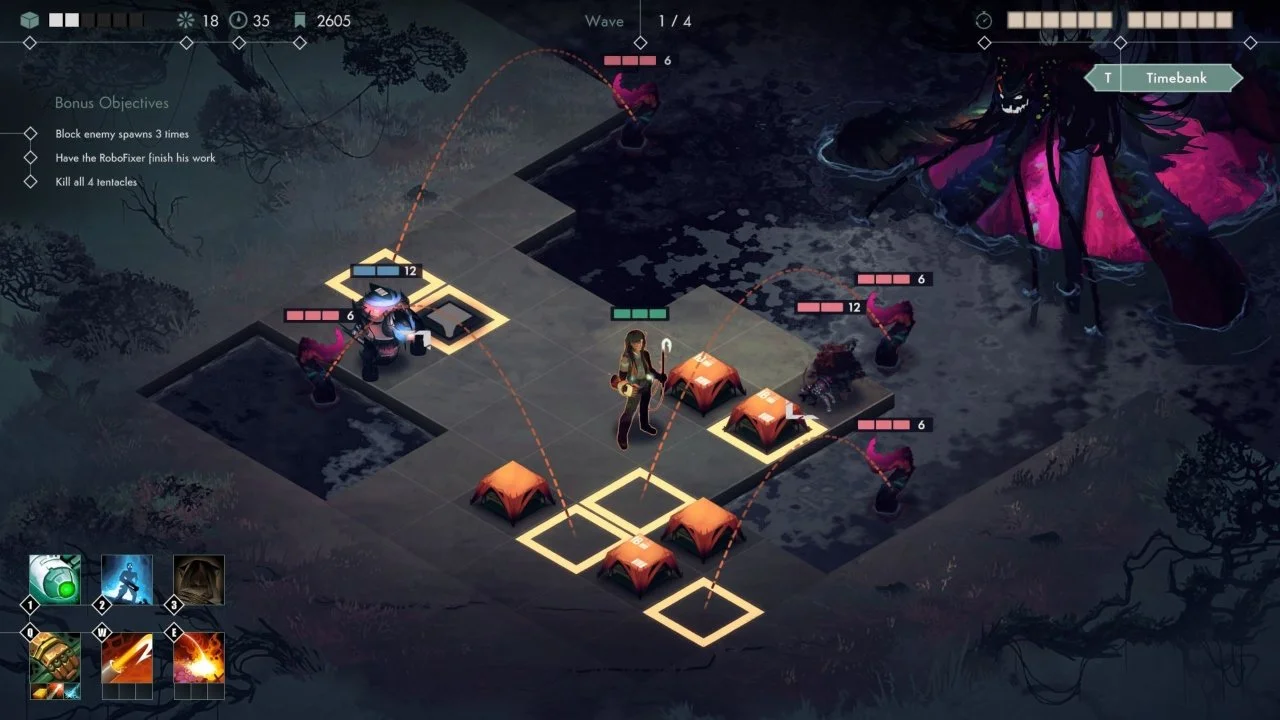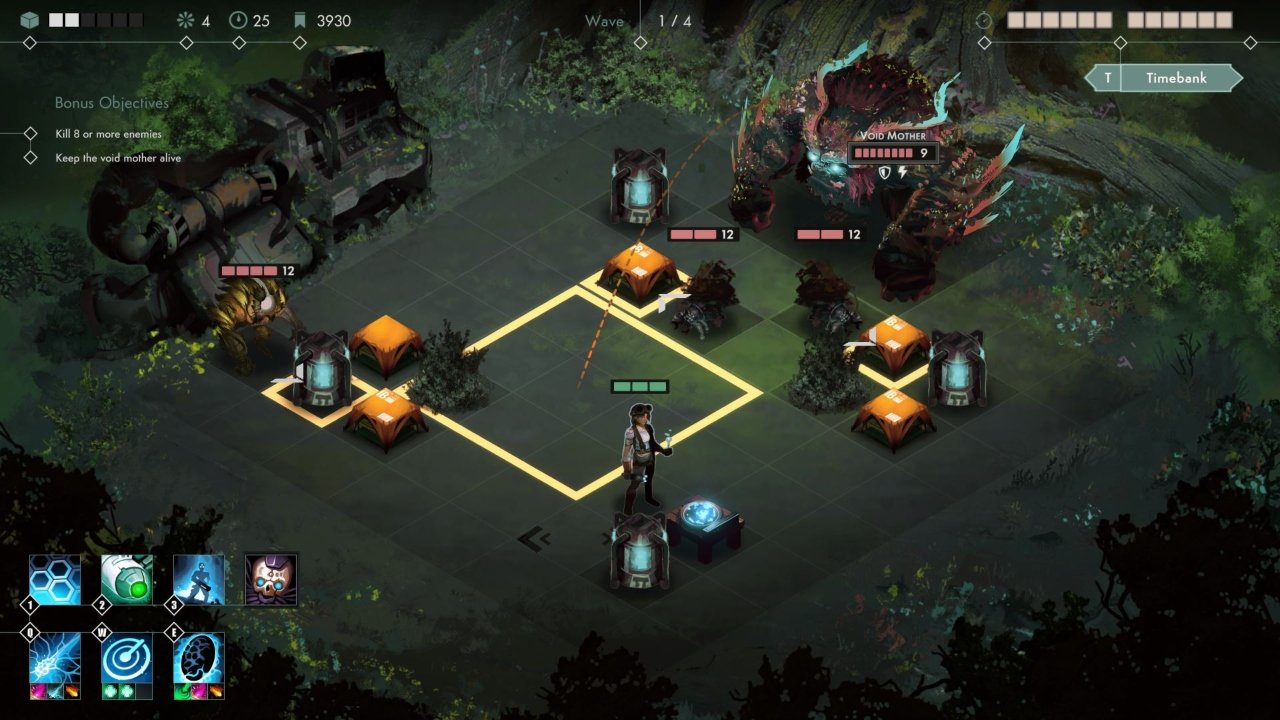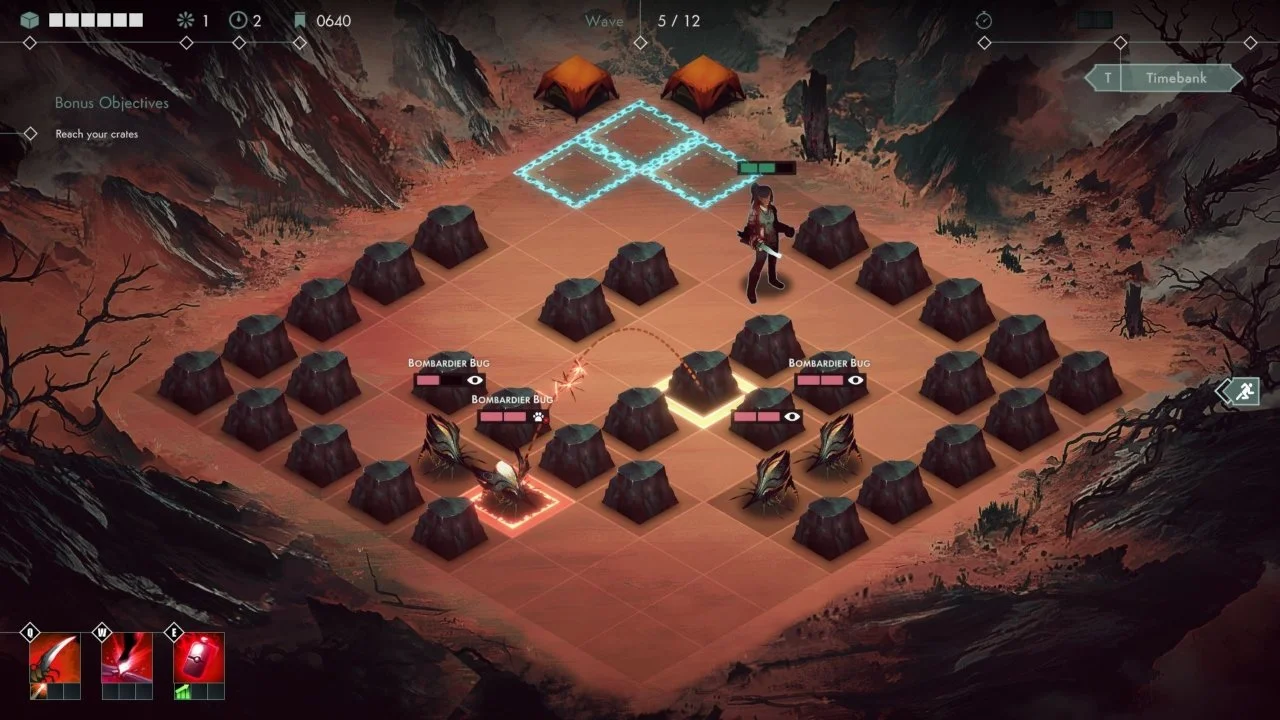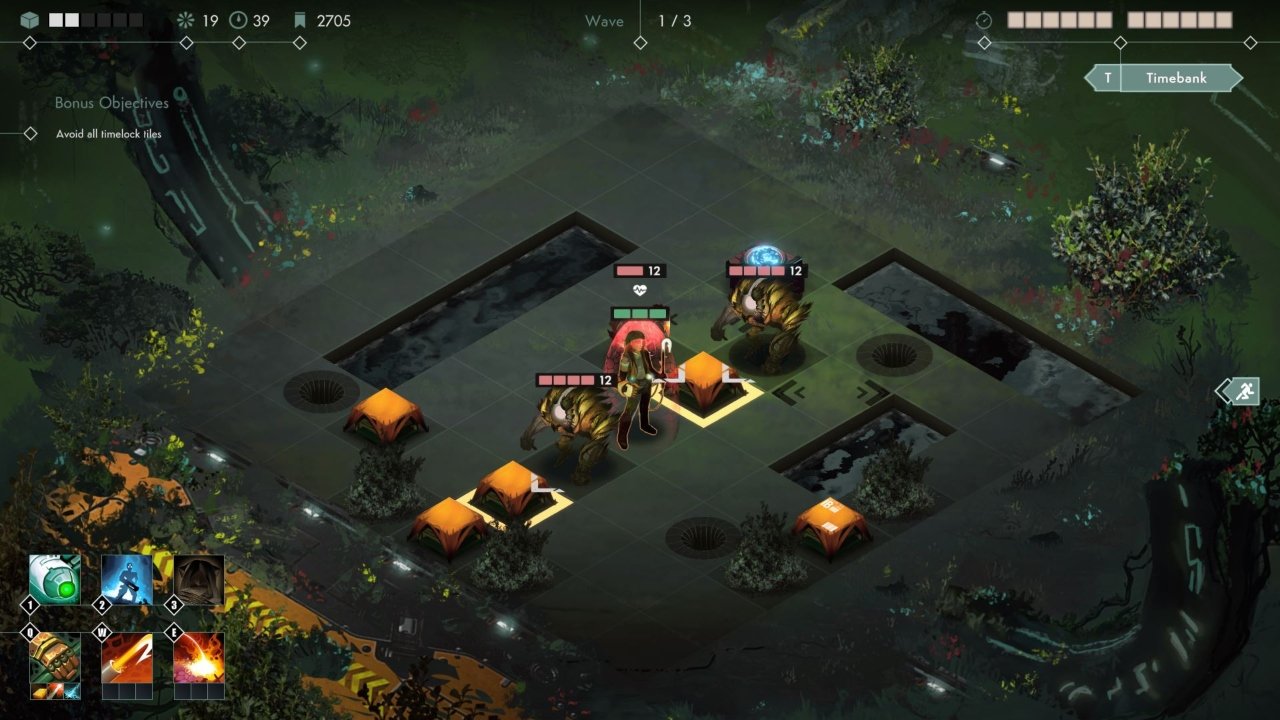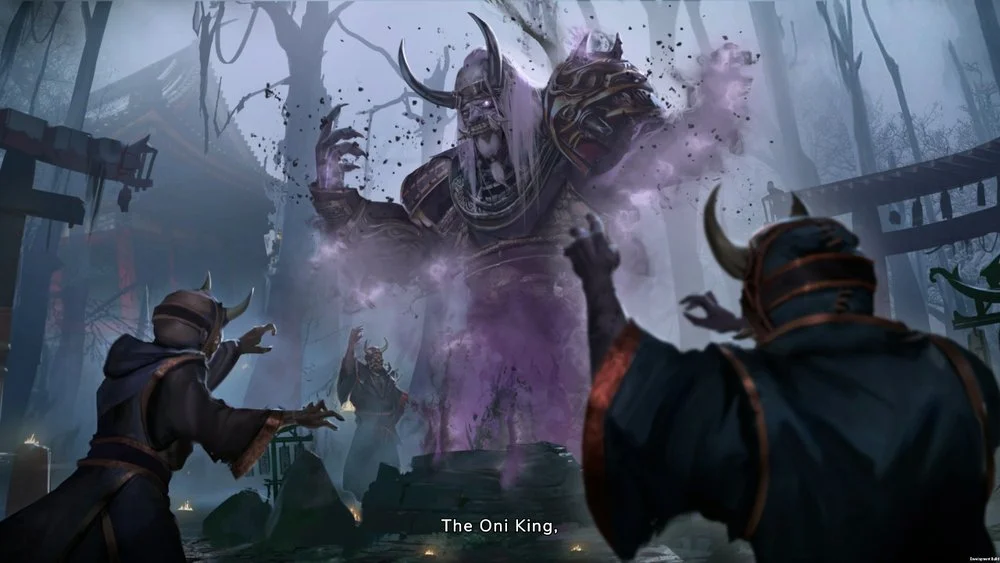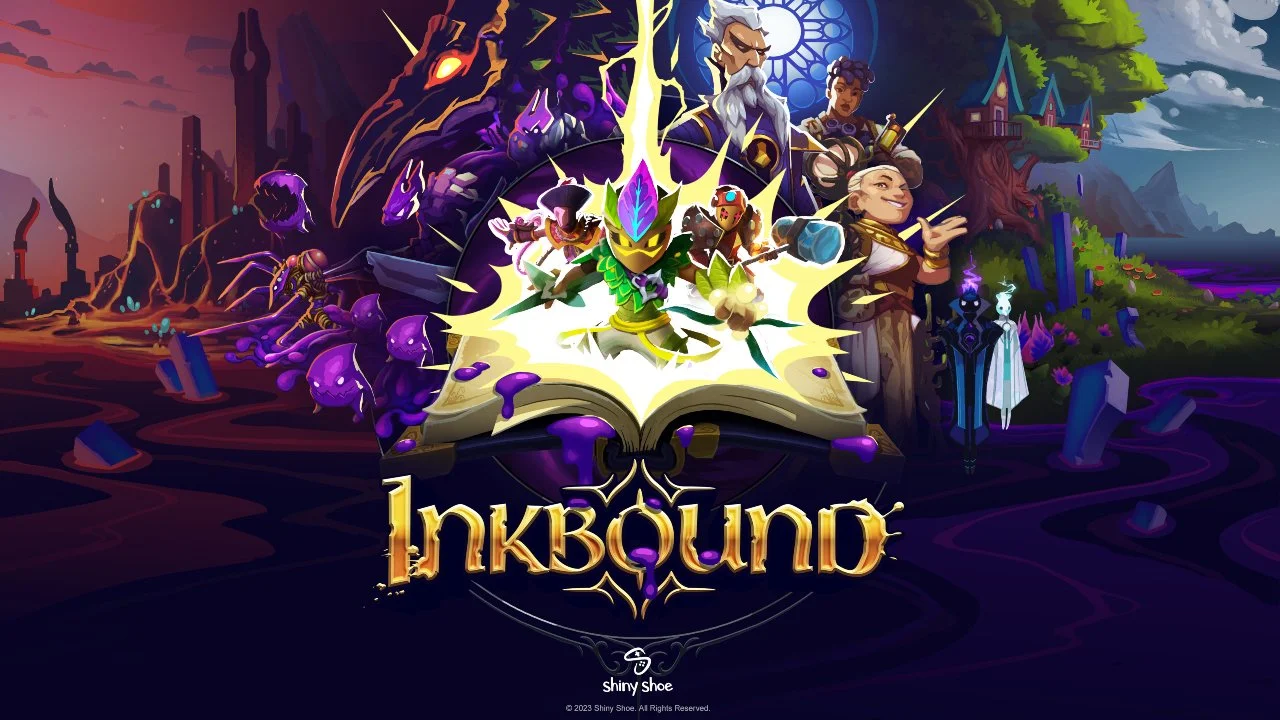PC Review Code Provided by Studio Taghua
For all of you roguelike fans out there looking to scratch that itch that comes while searching for a new game, wait no longer, Oakenfold is here! I was able to get my hands on the game before its release on November 17th and I can say from the bottom of my heart that my experience and enjoyment with Oakenfold has been the most relaxing time I’ve ever spent with a roguelike since Slay the Spire!
As a turn-based strategy roguelike, Oakenfold is about taking time to consider and plan out your actions in comparison to the more frantic combat of the average roguelike. The Oakenfold experience is particularly amazing, especially considering it was made by the Dutch one-man indie developer Rutger van Dijk with his company Studio Taghua.
Update Note: When I initially reviewed this title, it was still before its release. Just after this was published the game was updated and a cutscene explaining the story was added at the game’s start-up. This fixed the story problems I later mentioned in the review. This did not affect the review score as the story is such a small part of the game and I had graded it assuming the story would be added soon.
Story
In regards to the story, like many small indie roguelikes Oakenfold is incredibly light on story and heavy on mechanics. That isn’t really a bad thing, after all the point of a good roguelike is the combat and mechanics. However, Oakenfold has almost absolutely no explanation of its story in the game. From outside sources, I know that the general story of Oakenfold centers around a character named Asha, a young woman who lives in a time when humanity is on the brink of extinction, due to a mysterious alien threat known as the Biocides. Her father has placed humanity's last hope on her shoulders after his death in a Biocide attack; retrieve the last of the fuel-packed crates to power up the Oakenfold, humanity’s last settlement and a biodome that Asha needs to launch into the stars. Using the skills her father taught her Asha must collect the fuel while she fights the Biocides to escape.
The problem in regards to the story is that currently, (it’s still technically beta) for anyone who doesn’t read the game’s Twitter page or have access to the press release, the game doesn’t really explain what’s going on. Currently, I have 15 hours played and I still haven’t beaten the game, one run I got to the final boss but lost, and this is on the Normal difficulty. With all this time played, in regards to the story there has been literally nothing revealed outside of the text you see at the start of each game describing which class you choose, and one line of dialogue in the tutorial where Asha says “I need to get to the Oakenfold!”. There is no explanation as to what’s going on with the monsters/aliens, what the Oakenfold is, or even most of Asha’s background. I fully expect the story to be explained better and possibly expand in the future as the game develops and updates after release, much like The Binding of Isaac did with its updates and DLC, but in its current state Oakenfold’s essentially non-existent.
Gameplay
The gameplay loop and mechanics of Oakenfold are the main focus of the game and are clearly a labor of love by Rutger van Dijk. Rutger was heavily inspired by Subset Games’ classic indie hit from 2018 Into The Breach, and that clearly shows in the square maps and turn-based strategy of Oakenfold. This is also apparent in how the player can see enemies future attacks signified on the map and when they will happen along with an allotted amount of actions to use to find the optimal outcome for each wave or combat encounter.
At the start of each run, you choose one of three different mindsets; Survival, Agile, or Scientific. Each ‘mindset’ is a type of class that represents a different path that Asha could have followed in her life and the skills she gets from it. Each class has three abilities that never change, each ability has three open slots for upgrades that the last one ran that you can obtain throughout a run. The Survival class has a push, pull, and a grenade. The Agile class can move and reposition around enemies and obstacles easily with their abilities, and the Scientific class can swap places with enemies, change their attack directions, and push them out of the way.
At the start of an area, you are presented with a randomly generated map. The map shows multiple intersecting routes of locations that lead to a boss fight. You can see what each location contains and plan your route to the boss. When you select a location you will randomly generate a combat encounter. This encounter will usually include multiple waves of enemies, your goal is to protect the crates of supplies from being destroyed while staying alive. There are a random number of crates at every location, but throughout the entire run, you have a total of five ‘lives’, that being the number of times a crate can be destroyed before game over. There are some locations that can give refill a create life if you lost one but they are rare.
You start each location with a total of 3 life, generally, it is incredibly hard to get hit with an enemies attack as you can see them coming, so life is used as a resource. When you are standing on the tile where an enemy is going to spawn at the start of a wave, they are prevented from spawning but you lose one life point. In this way if you maneuver right you can spend your life points to strategically prevent enemy spawns.
This brings us to the main mechanic of Oakenfold, time manipulation! At any point during combat, you have the ability to rewind or fast-forward your actions to any previous position. You can use this to see the different ways enemies will react to different moves or correct mistakes. All of the time manipulations come in handy when every wave is a possible threat to your crate supply. In the end, despite all the time manipulation you still may need to make a tactical sacrifice of one crate in wave one to possibly save 2 in wave three.
Now, how do you actually do things? Well, for every wave you have a total of 12 action points. It’s a 1 point cost for moving 1 tile, and each ability has a 1 point cost as well as a cooldown; beware however late game enemies and tiles can increase the action point cost to move or use abilities. In some locations there will be a crafting station, you can use these to upgrade your abilities, as well as buy strong new abilities that only work once per location. The cost to do so is energy and time points. Every location has side objectives that you can earn from if you complete them, such as not getting hurt. You can also earn energy from killing enemies and time points from banking any extra action points you have at the end of each wave. Upgrades are crucial to getting to the late game so completing objectives and being economical with action points is key.
There are multiple different types of locations, generally, a location type signifies the type of side objectives that exist there; such as destroying the plants, protecting the robot, fleeing the aliens, and protecting the launch guidance system. All of these types are the same types of combat, just with some different side objectives placed in the encounter. There is also a location called ‘lost’, where you must get to the opposite side of the encounter map with only 2 action points per wave, as enemies rapidly spawn and try to overwhelm you.
The end of each area has a unique boss that’s always the same but comes with a different randomized tile layout each time. Each boss has its own gimmick to the fight that you need to work around in addition to your normal goals of protecting crates from regular enemies and the boss.
At the start of each run, you can pick one of three difficulties, Normal, Difficult, and Insane. In regards to the difficulties, as I said earlier, 15 hours in, I still haven’t beaten the final boss. I’ve tried Difficult a few times, and as of yet have not made it to past the first boss, and Insane is self-explanatory. What I can say is that there is plenty there to work with for anyone who wants to challenge their strategic minds.
Audio and Visual
Honestly, there isn’t much to say about the audio, it’s not a huge part of the game. Sure the sound effects for the enemies and attacks are perfectly good for an indie game but nothing about it is awesome. The music in the various areas especially aren’t that interesting as one is a rather bland soft techno eerie background beat, and the others similarly plain. For the most part, I played the game with no sound and a YouTube video on another monitor and enjoyed it more that way. It’s about what I would expect from a one-man indie studio on its release.
The graphics and visual style on the other hand are incredible for an indie game and stunningly beautiful at times. The clarity of visual indicators is concise and easily understandable while being easy to look at. The UI is easy to comprehend and navigate while being incredibly useful. The character, enemy, and object models are varied and detailed to the game’s unique art style. The effort that’s gone into the art and animations for a one-man indie game is mind-blowing, and a huge draw of the game in addition to its incredible mechanics and combat system.
Replayability
As with all roguelikes, Oakenfold is designed around replayability, to the point that you can go for hours and hours and it will still feel fresh and fun. Each run is around 40 to 90 minutes, and there are three different difficulties for you to become an expert at. Each run feels unique and every randomized encounter feels like a challenging puzzle to solve. At the moment there isn’t an incredibly large pool of classes or upgrades for abilities, but there is enough to change how you play each run even if it is with the same class. I also have high hopes that the Oakenfold will have new classes added in updates or DLC like many other indie roguelikes, after its release as the game gains attention and an audience.
What It Could Have Done Better
Despite how much I’ve enjoyed Oakenfold, there are a few kinks that still need to be worked out. First of all the game could really use a short opening cutscene on the first playthrough to explain the story and world. It could even be as simple as white text on a black screen with a possible voiceover - anything really, it doesn’t have to be too intensive. Second, while the sound effects are fine, the background music could definitely be better or have more tracks. And the last thing I would love more of is different classes, abilities, and upgrades to add even more spice and variability to each run though I do expect those to come in the future.
Verdict
I have to say, despite the issues I’ve pointed out, Oakenfold is one of the best indie games I’ve played this year, and possibly the best roguelike. The strategic planning and rewinding to correct plans or try new ones is one of the smoothest and most successfully executed game mechanics I’ve seen. I have no plans to stop playing Oakenfold any time soon. I highly recommend fans of indie games and roguelikes to check out on the 17th despite the small nitpicks I’ve given it as the pedant I am.
Oakenfold is available on PC for Windows and Steam on November 17th. A Mac version is also currently in the works with no current release date.
